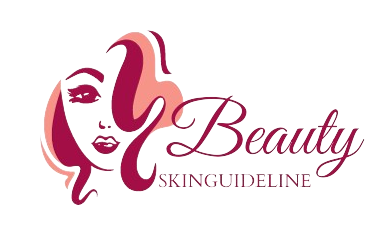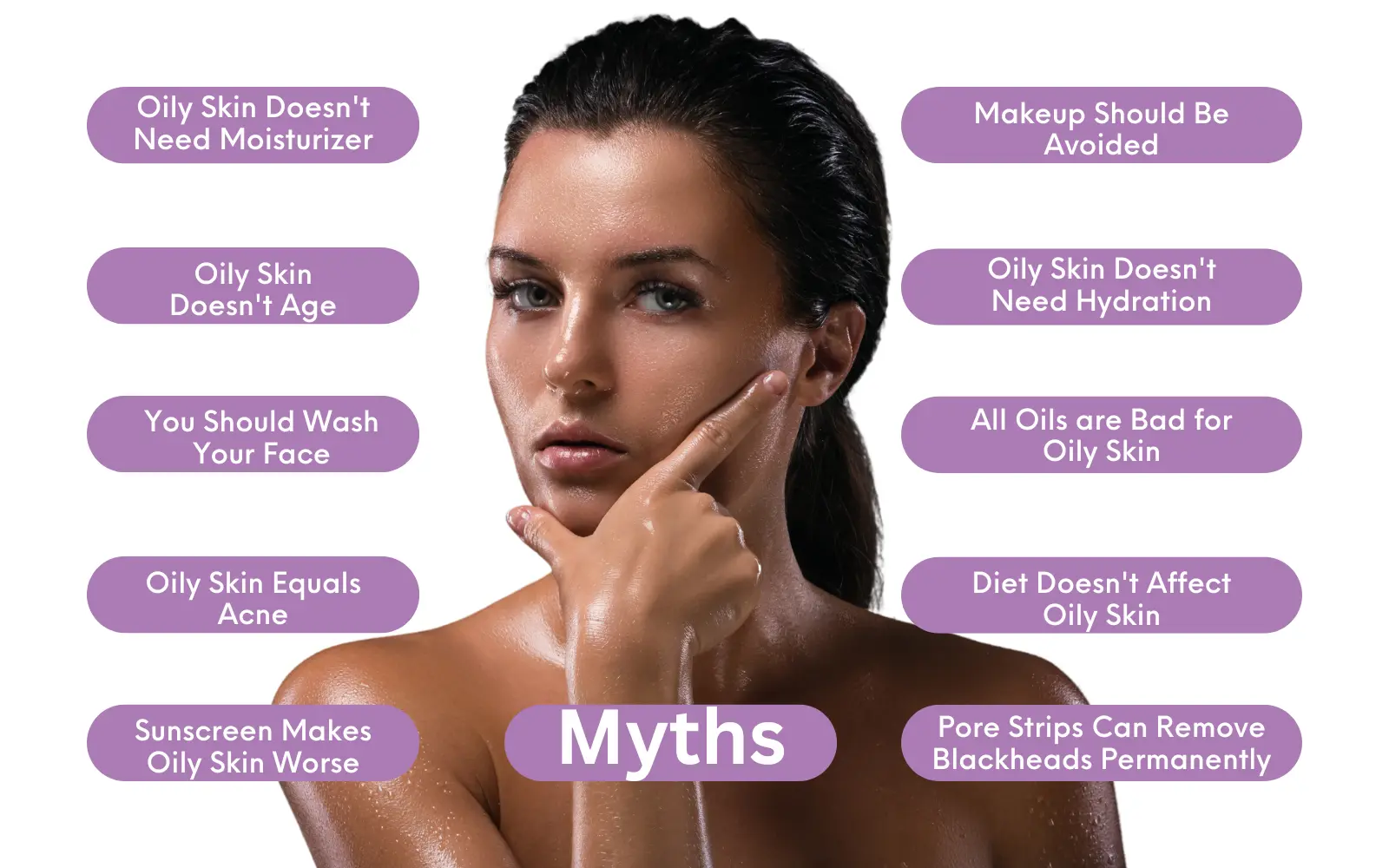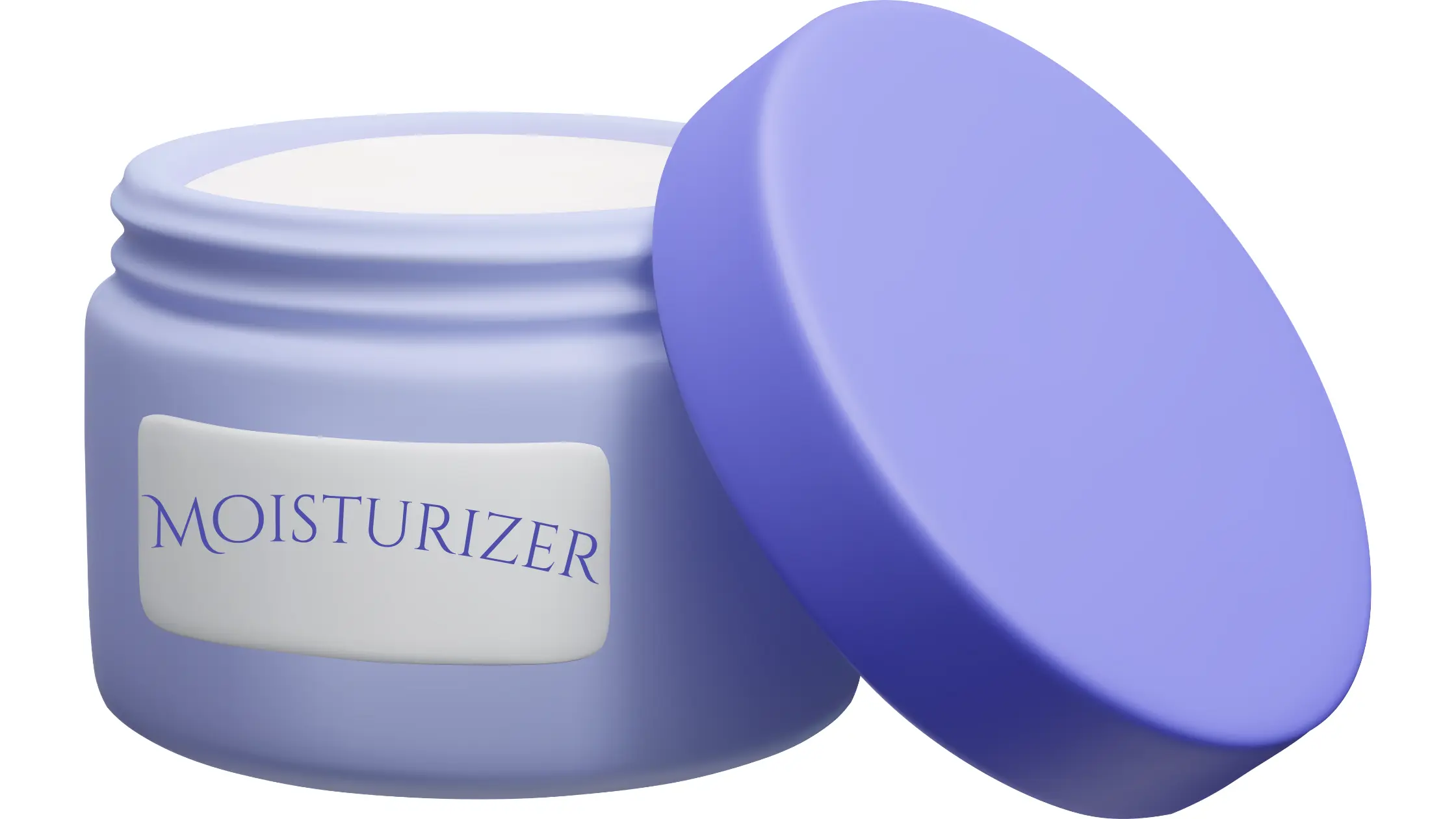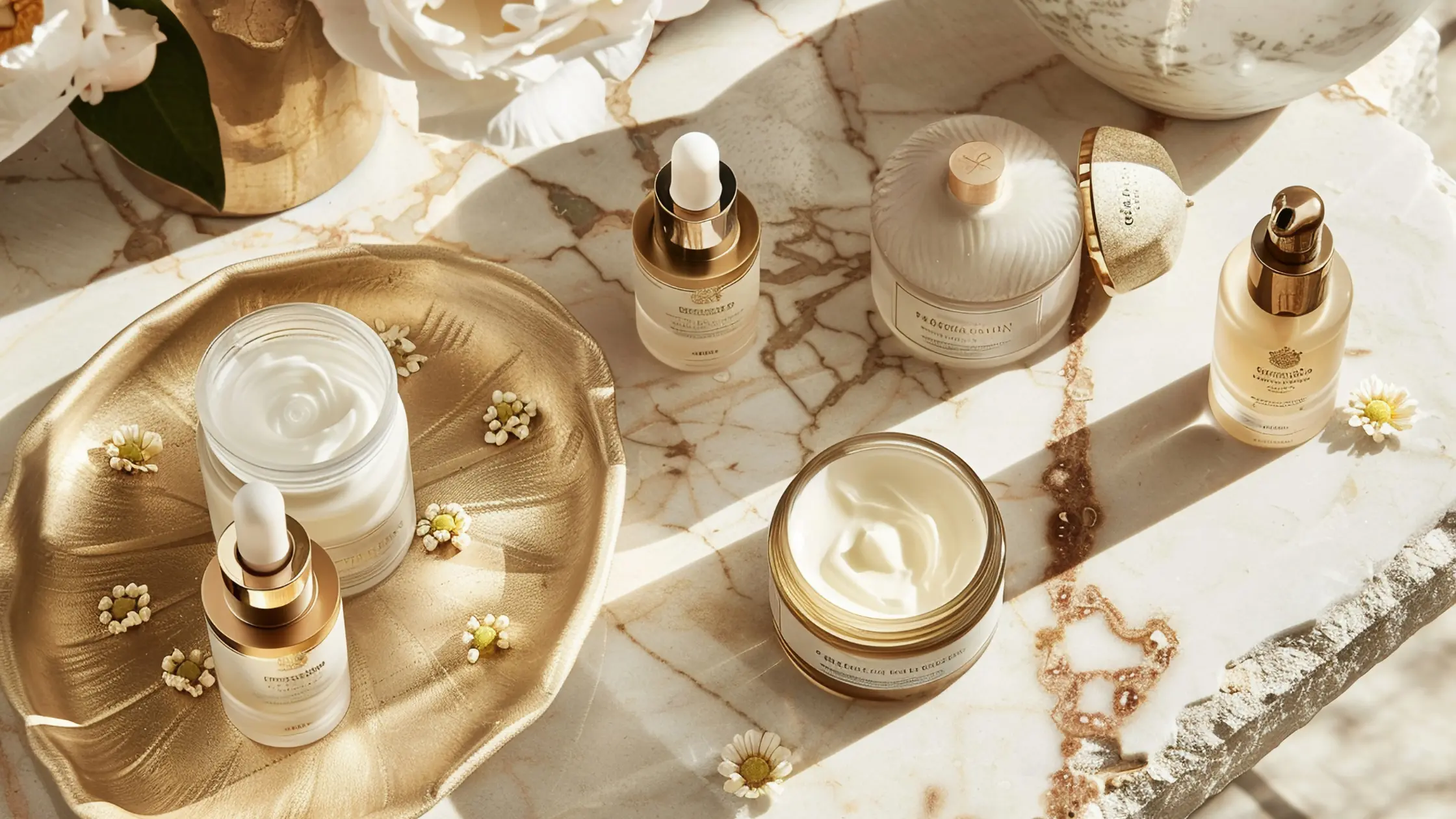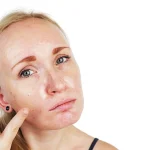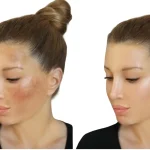How to determine your skin type
To know your skin type is to understand how your body talks. It tells you what it needs and how to take care of it. You can keep your skin healthy and balanced while reducing itchy, dry, and oily skin with the right products and methods. Let’s determine your skin type and learn everything that’s possible about it. This piece will talk about the five main types of skin, what makes them different, and how to tell which type of skin you have. We’ll also talk about the factors that affect skin type, common skin problems, and the best ways to treat them with certain skin care practices. Understanding Skin Types The five main skin types are classified by sebum production, the oil that your skin naturally produces. Sebum is essential for keeping your skin moisturized and protected, but imbalances may cause a variety of problems. Also you can know yourself what your skin type is. Take a look at each skin type : Normal skin: People with normal skin often call it the “holy grail” of skin types because it is balanced. It has a healthy glow, smooth skin, and few to no wrinkles that can be seen. People with normal skin get pimples sometimes, but they don’t get them as often as people with sensitive or dry skin. Dry skin: Skin that is dry doesn’t have enough wetness and feels tight, flaky, and rough. It might be more likely to cause sores and fine lines. Oily Skin: People with oily skin make too much sebum, which makes their skin look shiny and their pores look bigger. Blackheads and pimples are more likely to show up on people with oily skin. Combination skin: That’s right, most people have combination skin. Combining skin types means that one has oily and dry skin. Most of the time, the forehead, nose, and chin are sticky, but the cheeks and the rest of the face are normal or dry. Sensitive Skin: Some chemicals or things in the surroundings can easily make sensitive skin worse. It might turn red, itch, or feel like it’s burning. Common Skin Types and Their Care To pick the right skin care items, you need to know what type of skin you have. If you have dry skin – using strong cleaners can make it worse, and if you have thick skin – heavy creams can block your pores. By figuring out what type of skin you have, you can make a schedule that works for your skin and helps you reach your goals. Normal skin Normal skin is balanced and resistant to severe situations. This skin type can normally be maintained with a gentle cleanser, a light moisturizer, and regular sunscreen use. Exfoliating on a regular basis might assist to keep the skin smooth and beautiful. Oily skin Oily skin produces too much sebum, which causes shine and possible breakouts. To eliminate excess oil, use a foam or gel cleanser and then apply an oil-free moisturizer. Use treatments containing salicylic acid or benzoyl peroxide to help manage oil and prevent acne. Dry skin Dry skin feels flaky or tight and lacking moisture. Choose a creamy cleanser that does not deplete the skin’s natural oils. Apply a thick moisturizer and consider applying a moisturizing serum containing hyaluronic acid. Regular application of a light exfoliant can aid in the removal of dry, flaky skin. Combination skin. Combination skin necessitates a balanced approach. On oily skin, apply a gentle cleanser followed by a lightweight, oil-free moisturizer. A heavier moisturizer can be used to treat dry skin. Using different products for different parts of your face might aid in meeting the varying needs of mixed skin. Sensitive skin Sensitive skin is easily irritated and requires sensitive care. Use hypoallergenic and fragrance-free products to reduce irritation. A gentle cleanser, a lightweight moisturizer, and a broad-spectrum sunscreen are necessary. Avoid items containing harsh chemicals or strong perfumes. Causes Of Different Skin Here you will know about different skin types and their causes. This will help you to identify the skin and the symptoms of different skin types. Let’s know about skin causes Normal Skin Age: Oil production normally diminishes with age, so even normal skin might get drier over time. Climate: Hot, humid climates may make regular skin seem oilier, whilst cold, dry climates can make it feel dryer. Lifestyle: Stress, nutrition, and sleep all have an impact on your skin’s general health and look. Dry Skin Genetics: Some individuals are inclined to have drier skin. Age: As previously stated, oil production normally diminishes with age, resulting in drier skin. Climate: Dry, chilly regions with little humidity may exacerbate dry skin. Certain skin disorders: Such as eczema or psoriasis, may produce dry skin. Sun damage: Prolonged sun exposure may harm the skin’s natural moisture barrier, causing dryness. Hot water: Frequent hot showers or baths may remove natural oils from the skin, leaving it dry. Harsh soaps and cleansers: Using too drying soaps or cleansers may exacerbate dry skin. Oily Skin Genetics: Much like with most skin types, oil production is mostly determined by heredity. Age: Hormonal changes throughout puberty can lead to an increase in oil production, which makes skin more oily. With age, oily skin typically becomes less oily. Climate: Humid, hot weather can exacerbate the greasiness of oily skin. Hormones: Variations in hormone levels during the menstrual cycle may also impact the production of oil. Combination Skin Genetics: Your genes determine the amount of oil your sebaceous glands generate, resulting in oily and dry skin. Hormones: Hormonal fluctuations, such as during puberty or the menstrual cycle, can affect oil production, often making the T-zone oilier. Climate: Hot and humid climates can increase T-zone oiliness, while cold and dry climates can make cheeks and outer areas drier. Skin Barrier: A compromised skin barrier can lead to combination skin by causing dryness in some areas and difficulty regulating oil in others. Age: Although oil production declines with age, combination skin can continue, with
How to determine your skin type Read More »

